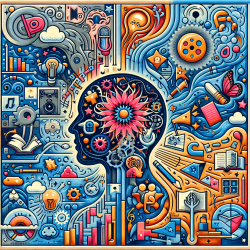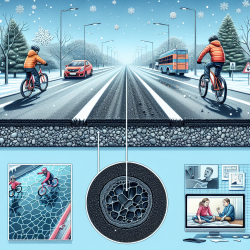Reading is a complex process influenced by various cognitive and linguistic factors. For children with developmental disorders such as Autism Spectrum Disorder (ASD), Attention Deficit Hyperactivity Disorder (ADHD), and Developmental Dyslexia (DD), this process can be particularly challenging. A recent study titled Visual noise effect on reading in three developmental disorders: ASD, ADHD, and DD provides critical insights into how visual noise affects reading performance in these groups.
The study involved 64 children and adolescents divided into four groups: ASD, ADHD, DD, and typically developing (TD). Participants were tasked with reading words and pseudowords under various levels of visual noise, which was generated by distorting the letters through pixel exchange. The results highlighted significant differences in reading performance across the groups, especially under different noise conditions.
Key Findings
- Children with DD showed the worst reading performance, with the longest reading times and highest error rates at all noise levels.
- Participants with ASD and TD had similar reading performance in the no-noise condition, but ASD participants showed less variability in reading times for pseudowords.
- The ADHD group had higher reading times and error rates compared to the TD group, especially at lower noise levels.
- At the highest noise level, all groups read words and pseudowords with similar speed and accuracy, suggesting reliance on sublexical pathways.
Implications for Practitioners
These findings offer several practical implications for speech-language pathologists and educators:
- Customized Reading Strategies: Recognize that children with DD may benefit from interventions that focus on reducing visual noise and enhancing letter recognition skills.
- Visual Processing Support: For children with ASD, strategies that minimize visual distractions and leverage their strengths in local visual processing may be beneficial.
- Attention Management: Children with ADHD might require support in maintaining attention and filtering out irrelevant visual information during reading tasks.
- Noise Level Adjustments: Understanding the impact of visual noise can help in structuring reading materials and environments to optimize learning outcomes for each group.
Practitioners are encouraged to delve deeper into the specific reading difficulties and tailor their interventions accordingly. The study's detailed error analysis could serve as a basis for refining educational strategies and improving outcomes for children with TD, ASD, ADHD, and DD.
To read the original research paper, please follow this link: Visual noise effect on reading in three developmental disorders: ASD, ADHD, and DD.










